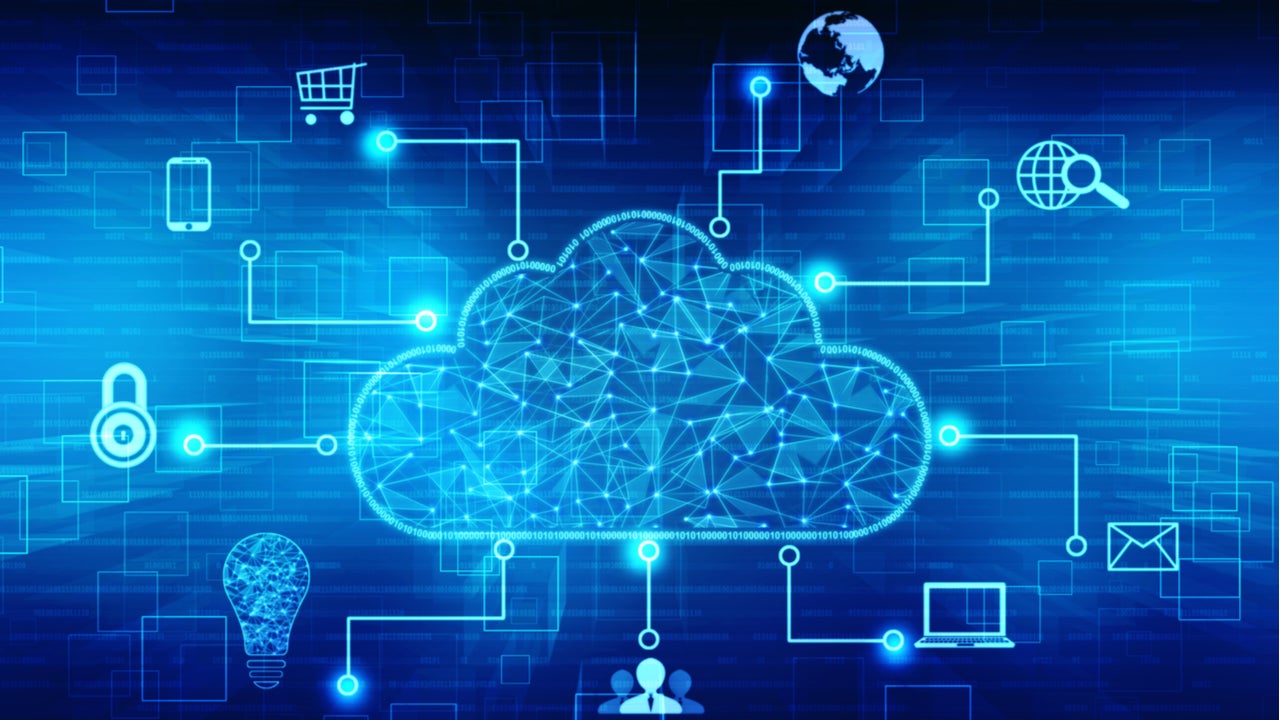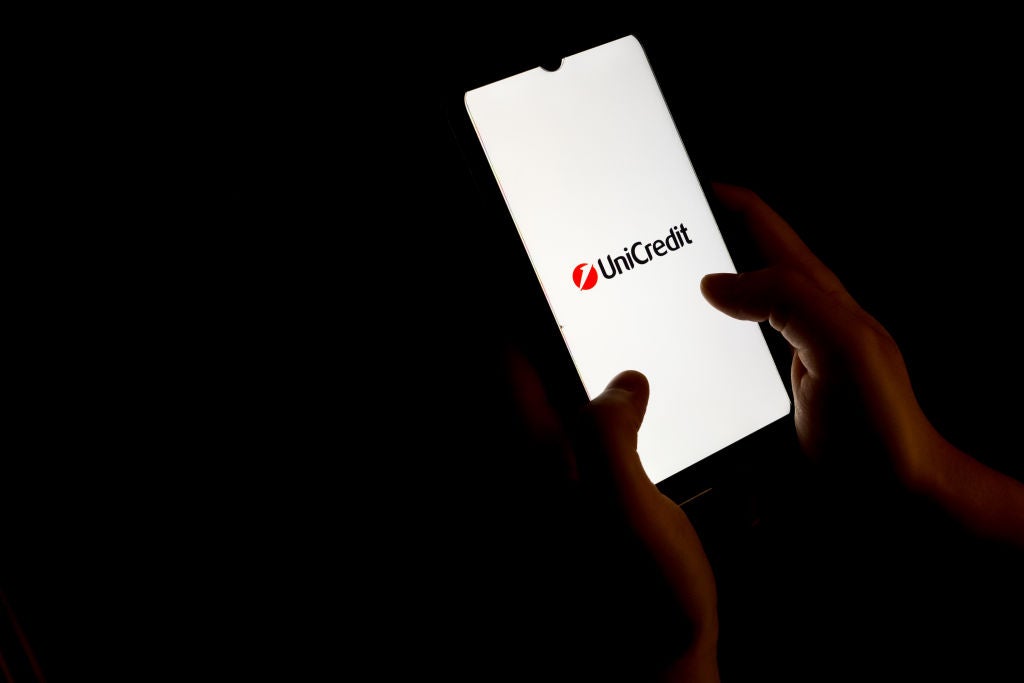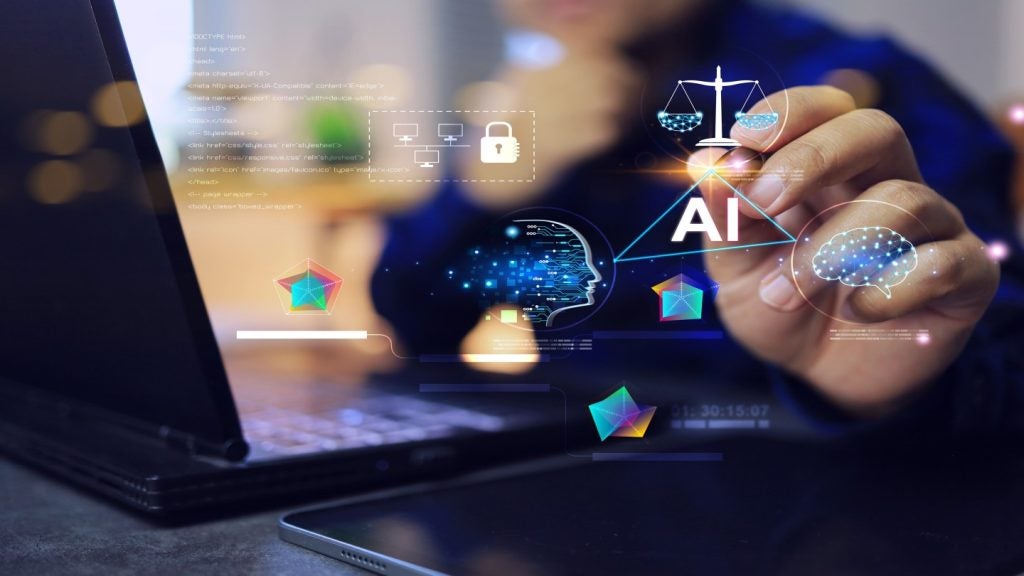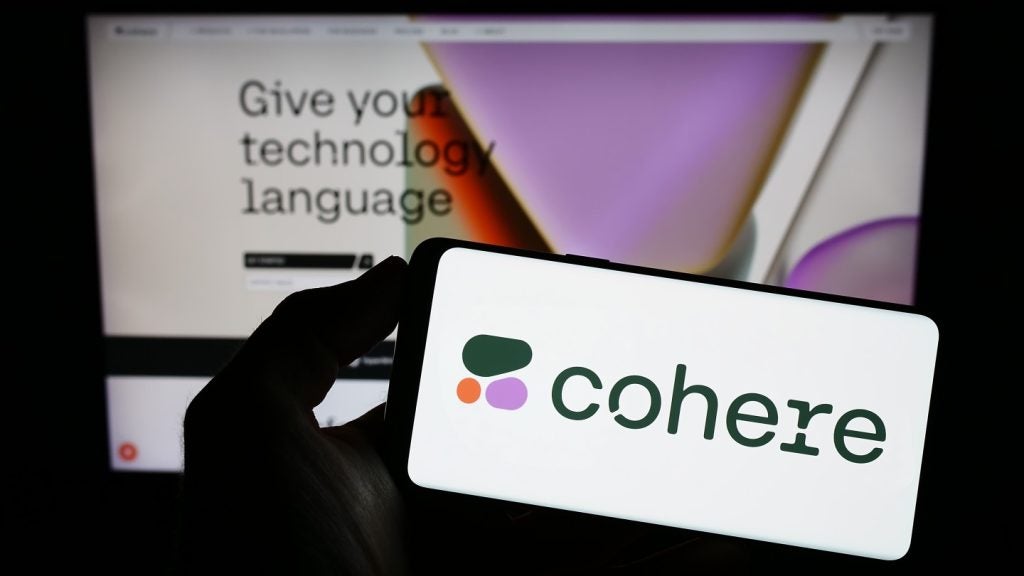Verdict lists the top five terms tweeted on cloud computing in Q4 2020, based on data from GlobalData’s Influencer Platform. The top tweeted terms are the trending industry discussions happening on Twitter by key individuals (influencers) as tracked by the platform.
1. Cybersecurity – 2,491 mentions
The biggest cybersecurity threats of 2020 and the creation of the global privacy control (GPC) by technological companies were popularly discussed in Q4 2020. According to an article shared by Giuliano Liguori, a digital transformation leader, some of the biggest cybersecurity threats of 2020 include the deployment of more emerging technologies such as artificial intelligence (AI), machine learning (ML), and 5G, which lead to more security blind-spots.
The article also elucidated how the roll out of internet of things (IoT) devices will increase the attack surface of risks and vulnerabilities across devices. It could also lead to phishing attacks, cloud jacking, and the malicious use of deepfakes to commit fraud thereby increasing the complexity of attacks.
Other discussions surrounding cybersecurity was shared by, Ratan Jyoti, a risk and cybersecurity leader, about the launch of GPC by a number of technology companies. The GPC is a new standard that allows users to communicate their privacy requests in one step such as ‘do not sell’ to third parties, thereby making digital hacks more difficult.
#Infographic Biggest #Cybersecurity Threats of 2020
via @ingliguori #InfoSec #MobileSecurity #SaaS #Tech #Ransomware #Websecurity #Vulnerability #hacking #ML #AI #IoT #Marketing #Startup #DeepLearning #robotics #fintech #Industry40 #BigData #technology MT @USCyberMag @antgrasso pic.twitter.com/ijPZ6B5aHK— Giuliano Liguori (@ingliguori) October 15, 2020
How well do you really know your competitors?
Access the most comprehensive Company Profiles on the market, powered by GlobalData. Save hours of research. Gain competitive edge.
 Company Profile – free sample
Company Profile – free sampleThank you!
Your download email will arrive shortly
Not ready to buy yet? Download a free sample
We are confident about the unique quality of our Company Profiles. However, we want you to make the most beneficial decision for your business, so we offer a free sample that you can download by submitting the below form
By GlobalData
2. Artificial Intelligence – 2,088 mentions
The use of cloud and AI to accelerate digital transformation and the application of the technology for manufacturers with heavy assets were popularly discussed topics in the fourth quarter. According to an article shared by Ronald van Loon, a top technology influencer, cloud and AI can help accelerate the pace of digital transformation.
In a discussion with Jacqueline Shi, president of the international business and marketing department of Huawei Cloud and AI business group, Voon explains how digital transformation will be absolutely necessary for all industries to cope with the pandemic and the new normal of live and work.
Consequently, the telecommunications equipment company has proposed to provide ubiquitous cloud and the intelligence for all scenarios by officially announcing the Intelligent Twins architecture, a first-time systematic reference allowing Huawei customers and partners including governments and enterprises to build their own intelligent solutions.
AI was also discussed with reference to companies with heavy assets improving their profit and energy consumption with customised AI solutions in an article shared by Guiliano Liguori, a digital transformation leader. For instance, cement companies have recently started exploring how their operations can benefit from the technology.
The article further added that despite the cement industry being an early adopter of automation and digitised sensors and signals, it has not yet deployed AI solutions in production or has not realised the potential of AI in analytics and decision-making like other companies with heavy assets.
Using #Cloud and #AI to Accelerate #DigitalTransformation
by @Ronald_vanLoon & Jacqueline Shi |#HuaweiPartner #HuaweiConnect @Huawei @Huaweiit #MachineLearning #ML #ArtificialIntelligenceCc: @altolabs @josecarlostecno @shapshak pic.twitter.com/Mri4GEEM0x
— Ronald van Loon at @AWScloud #reInvent (@Ronald_vanLoon) October 13, 2020
3. Malware – 1,438 mentions
Ways to defend against malware, phishing, and scams during the Covid-19 crisis and cloud storage provider Wasabi knocked offline for hosting malware were popularly discussed during the quarter. According to an article shared by Bob Carver, vice president of cloud inventory solutions at DSI, the coronavirus health crisis has led to an exponential rise in malware attacks, and phishing scams in recent times.
According to the Covid-19 Cybercrime Analysis Report, fake news, malicious domains, and fraud have become the biggest threats to digital platforms during the pandemic. One of the main reasons for the rise in malware attacks are the increased use of digital platforms by people for work, shopping, and learning, during the pandemic. As a result, cyber criminals are using the pandemic to cheat people with malicious emails and domains.
Malware also trended in terms of ways to tackle and fight it, in an infographic shared by Giuliano Liguori. Some of the ways include browser, plugin and OS updates, using the necessary security tools, and updating all software on a timely basis.
Other discussions related to malware was shared by Mike D Kail, a technology executive, on the Wasabi cloud storage service suffering an outage after a domain used for storage endpoints was put off for hosting malware. An abuse report never reached Wasabi from the domain registrar, who wanted to communicate with the cloud storage provider about malicious content being hosted on the wasabisys.com domain, the article noted.
How to Defend Against Malware, Phishing, and Scams During COVID-19 Crisis https://t.co/4DjZbpMZ2c#CyberSecurity #digital #Hackers #infosec @reach2ratan #malware #cloud #cloudsecurity #dataprotection #Privacy #infosec #informationsecurity #cloudcomputing #COVID19 pic.twitter.com/lEbZKP1LYq
— Ratan Jyoti (@reach2ratan) December 27, 2020
4. Hackers – 1,414 mentions
Ethical hackers discovering vulnerabilities in Apple’s infrastructure and Russian hackers making a failed attempt to hack into a cybersecurity firm were popularly discussed in Q4. According to an article shared by Ratan Jyoti, a three-month hack into Apple’s systems revealed that a wormable iCloud bug could lead attackers into personal accounts, documents, videos, photos, and more.
The discoverers were paid $300,000 to identify the company’s weaknesses in its infrastructure and systems, the article detailed. While 11 were rated as critically severe, 29 were rated as highly severe, 13 of medium severity and two as less severe.
Hackers also trended in discussions shared by Craig Milroy, a data capitalist, on suspected Russian hackers making a failed attempt at hacking into CrowdStrike, a cybersecurity firm, after being accused of trying to break into US government agencies data and FireEye, a cybersecurity firm. Microsoft alerted the company about their emails being compromised by the hackers through a Microsoft seller account months earlier, the article highlighted.
3-Month Apple Hack Turns Up 55 Vulnerabilities – 11 Critical https://t.co/U5iNEHECKc#CyberSecurity #digital #Hackers #infosec @reach2ratan #malware #cloud #cloudsecurity #dataprotection #Privacy #infosec pic.twitter.com/Qw5gXS9eTD
— Ratan Jyoti (@reach2ratan) October 10, 2020
5. IoT – 1,305 mentions
The use of top technologies in global trade and the comparison tables for IoT, cloud, AI, and data science were popularly discussed in Q4 2020. According to an article shared by Dr Robin Kiera, an insurtech and digital transformation expert, the top transformative technologies for trade will be IoT, digital payments, e-commerce platforms, cloud computing, 5G, AI, digital documentation, and smart border systems, among others.
IoT, in particular, will provide true visibility across supply chains in different industries. The technology will provide instant data about the shipments in transit, identifying losses, delays, and damages caused in real time, thereby helping in tackling them in time, the article detailed.
Other discussions surrounding IoT was shared by Kirk Borne, a principal data scientist at Booze Allen, on the comparison of open source IoT platforms such as Kaa IoT platform, SiteWhere, ThingSpeak, and DeviceHive, among others. These IoT software platforms are compared against parameters such as device management, integration, security, analytics, data visualisation, and protocols for data collection.
For example, the Kaa IoT platform and SiteWhere provided device management option, while ThingSpeak, and DeviceHive did not provide the option. Further, platforms such as Zetta and ThingSpeak used basic authentication security, whereas Kaa IoT and SiteWhere used link encryption and other security protocols.
Top Ten Technologies That Will Change International Trade https://t.co/zU8w3qSf9v @DT_B2BEurope @JMdotcom @UserlaneHQ @IAM__Network @SentaMarenz #DeFi #CyberSecurity #Blockchain #CloudComputing #AI #IoT #5G pic.twitter.com/uHa6bqcNL9
— Dr. Robin Kiera (@stratorob) December 29, 2020








Related Company Profiles
Mandiant Inc
CrowdStrike Inc
Microsoft Corp
Apple Inc